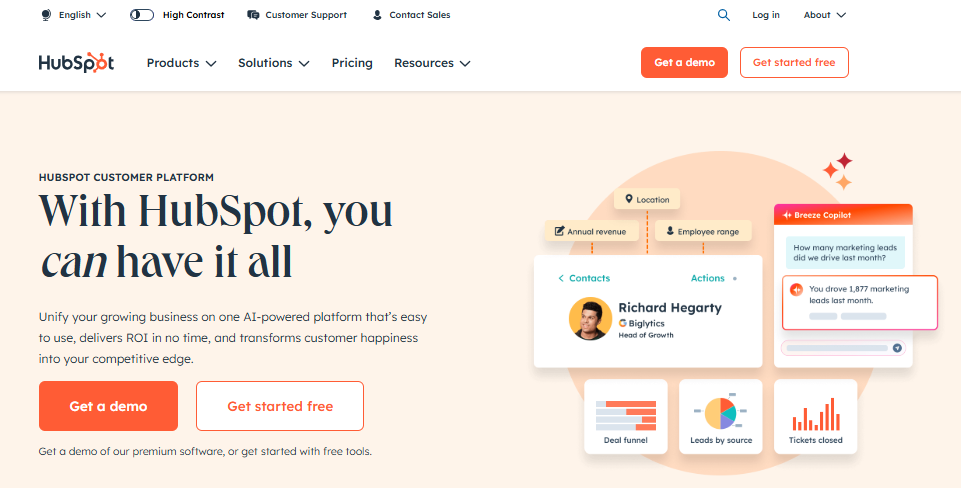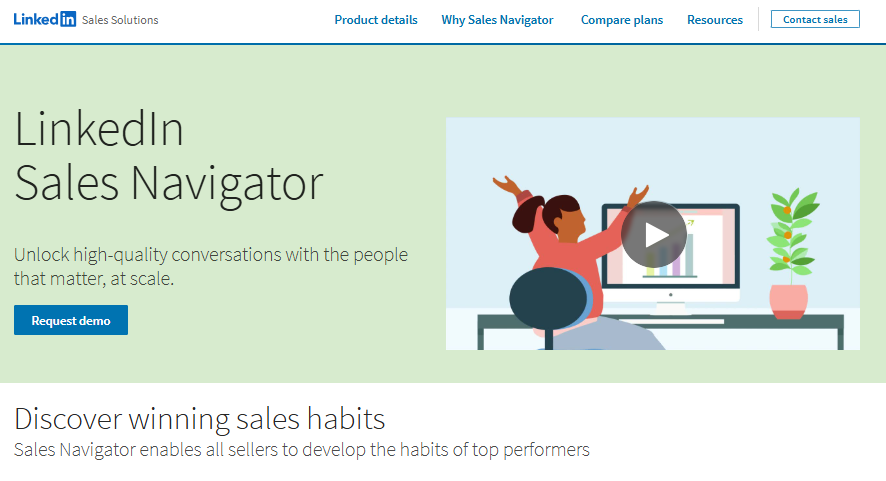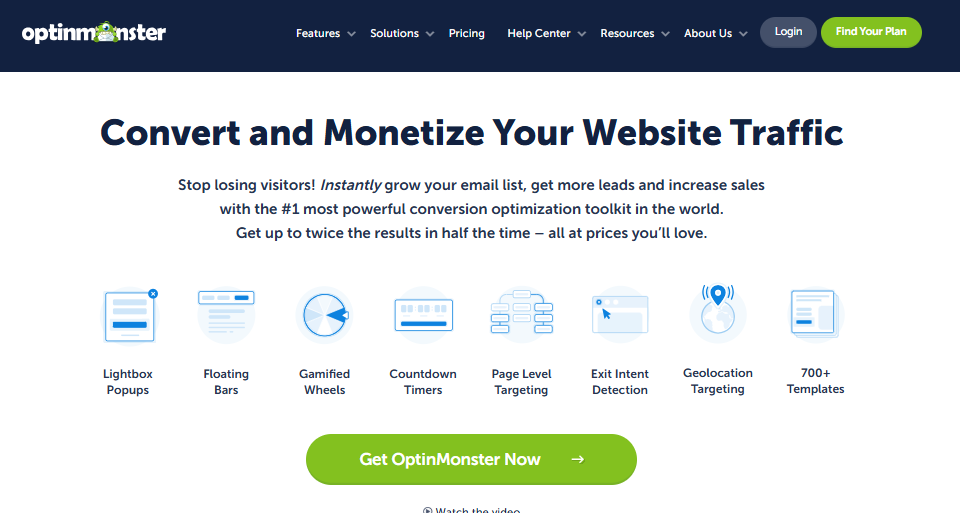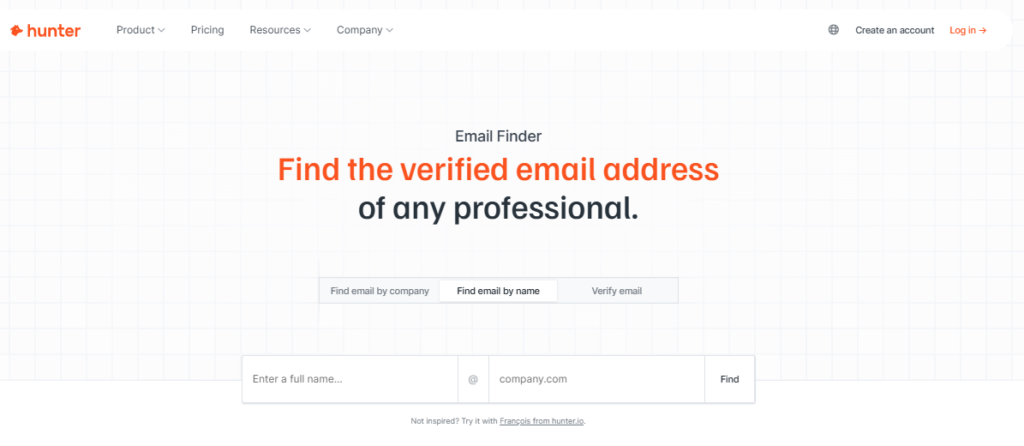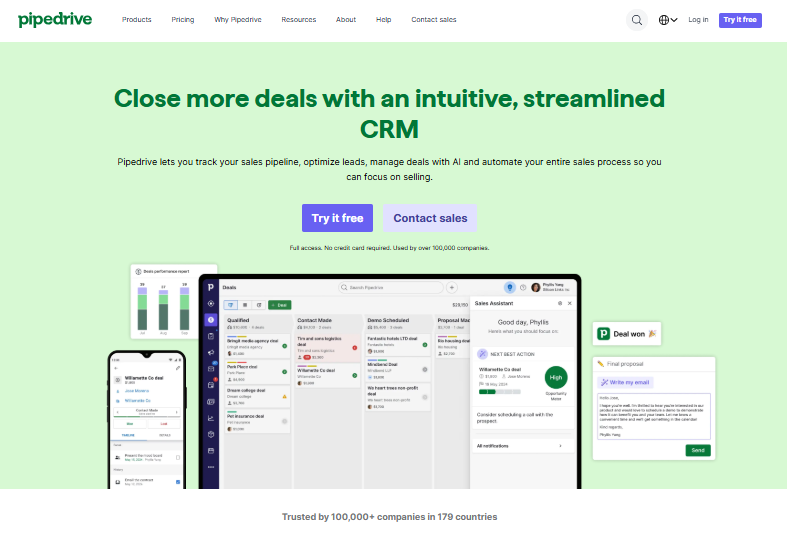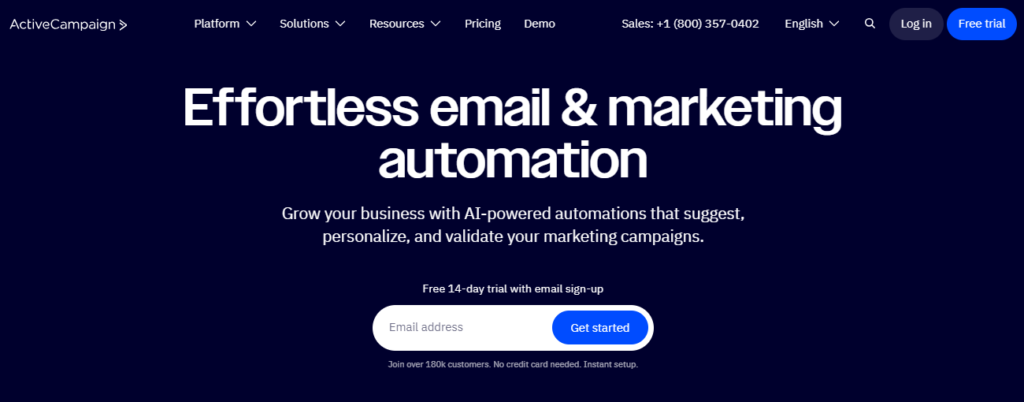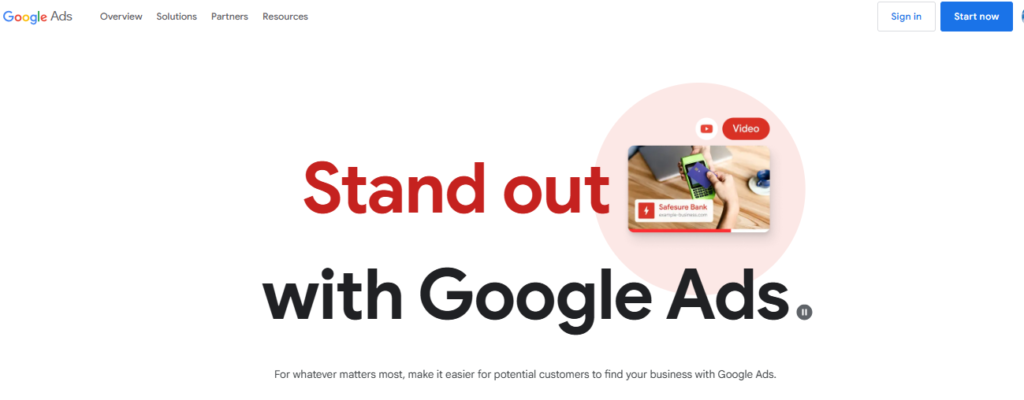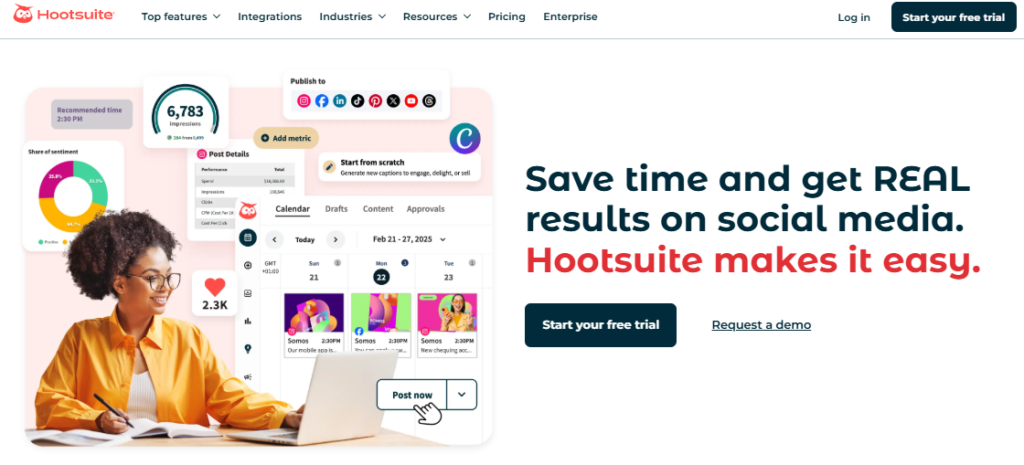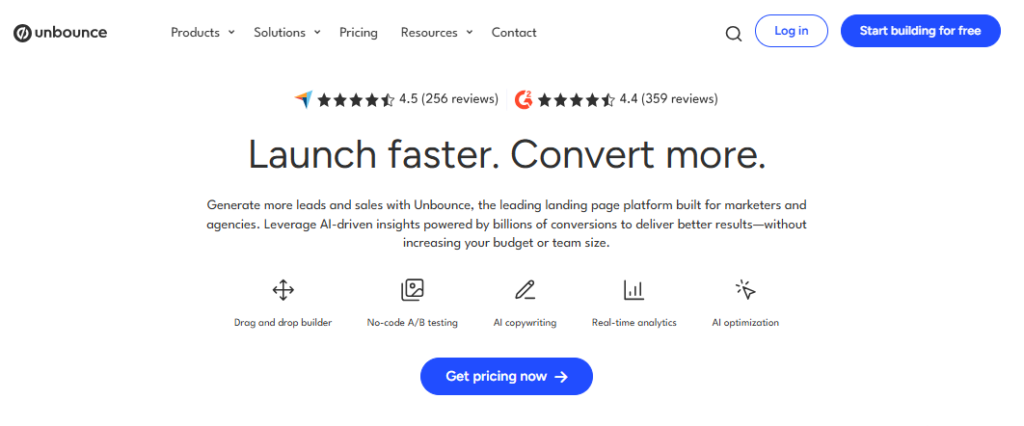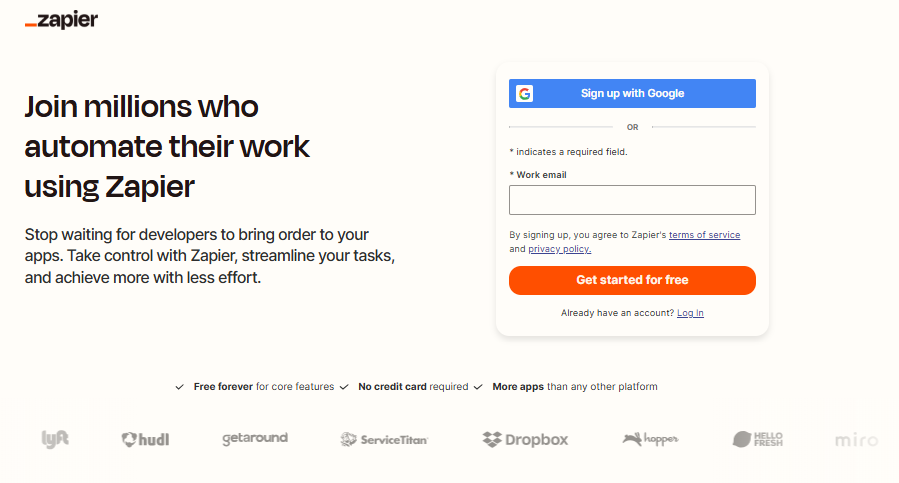Lead generation is the process of attracting and converting
potential customers into leads—individuals who express interest in your business’s products or services. It is the foundation of a successful sales strategy, helping businesses grow by consistently filling their sales pipelines.
Understanding the Lead Generation Process
The lead generation process involves several key stages:
Attraction: Using marketing strategies to bring potential leads to your business.Engagement: Interacting with prospects through valuable content and communication.Conversion: Turning prospects into leads by capturing their contact information.Nurturing: Building relationships with leads to move them further down the sales funnel.
Types of Lead Generation
There are two main types of lead generation:
Inbound Lead Generation
Attracts leads through content marketing, SEO, and organic engagement.
Builds trust and credibility over time.
Examples: Blogs, videos, social media marketing, and webinars.
Outbound Lead Generation
Actively reaches out to potential leads through direct marketing efforts.
Faster results but requires more effort and resources.
Examples: Cold emails, paid ads, telemarketing, and networking.
Key Strategies for Effective Lead Generation Inbound Lead Generation Strategies
Content Marketing (blog posts, case studies, and whitepapers)
Search Engine Optimization (SEO)
Social Media Marketing
Email Marketing
Webinars and Online Events
Outbound Lead Generation Strategies
Cold Outreach via Email and Calls
LinkedIn Lead Generation
Paid Advertising (Google Ads, Facebook Ads, LinkedIn Ads)
Networking and Referrals
Building an Effective Lead Generation Funnel
A lead generation funnel consists of three main stages:
Top of the Funnel (TOFU): Awareness stage where prospects learn about your brand.Middle of the Funnel (MOFU): Consideration stage where leads evaluate their options.Bottom of the Funnel (BOFU): Decision stage where leads are converted into customers.
Essential Tools for Lead Generation
Some of the best tools to help with
lead generation include:
CRM Systems (HubSpot, Salesforce)
Email Marketing Platforms (Mailchimp, ActiveCampaign)
SEO Tools (Ahrefs, SEMrush)
Social Media Management Tools (Hootsuite, Buffer)
Paid Advertising Platforms (Google Ads , Facebook Ads)
Step-by-Step Guide to Lead Generation VIDEO
Step 1: Identifying Your Target Audience
Conduct market research to understand your ideal customers.
Develop buyer personas to tailor your marketing efforts.
Step 2: Creating an Irresistible Offer
Provide value through lead magnets (eBooks, free trials, discounts).
Ensure your offer aligns with your audience's pain points.
Step 3: Driving Traffic to Your Lead Magnet
Utilize SEO strategies to rank on search engines.
Run social media and paid ad campaigns.
Leverage partnerships and influencer marketing.
Step 4: Capturing and Nurturing Leads
Use landing pages with optimized CTAs.
Implement email marketing campaigns for follow-ups.
Engage leads through retargeting ads and personalized content.
Comprehensive Comparison Table of Lead Generation Methods
Lead Generation Method
Cost
Time to See Results
Conversion Rate
Best For
SEO (Organic)
Low
3-6 months
High
Long-term growth
Content Marketing
Medium
4-6 months
Medium-High
Brand authority
Social Media Ads
Medium-High
Immediate
Medium
Quick lead capture
Email Marketing
Low
1-3 months
High
Lead nurturing
Cold Calling
High
Immediate
Low-Medium
High-ticket sales
LinkedIn Outreach
Medium
1-2 months
Medium
B2B lead generation
Pros and Cons of Lead Generation Methods
Lead Generation Method
Pros
Cons
SEO
Cost-effective, long-term results
Takes time, requires expertise
Content Marketing
Builds credibility, organic traffic
Needs consistent effort
Social Media Ads
Fast lead acquisition
Requires budget, competition
Email Marketing
High ROI, direct communication
Requires a quality email list
Cold Calling
Personal engagement
Low success rate, time-consuming
LinkedIn Outreach
Highly targeted, good for B2B
Can be time-consuming
10 Tools That Help Lead Generation 1. HubSpot Hubspot
HubSpot is an all-in-one marketing, sales, and CRM tool designed to help businesses capture and nurture leads effectively.
Features:
CRM integration
Email marketing automation
Landing page builder
Best For: Businesses looking for an all-in-one lead generation solution.
2. LinkedIn Sales Navigator LinkedIn Sales Navigator
This premium LinkedIn tool allows businesses to find and connect with high-quality leads.
Features:
Advanced search filters
InMail messaging
Lead recommendations
Best For: B2B sales professionals and marketers.
3. OptinMonster optinmonster
OptinMonster helps convert website visitors into leads using customizable opt-in forms.
Features:
Exit-intent popups
A/B testing
Integration with email marketing tools
Best For: Businesses looking to improve website conversions.
4. Hunter.io Hunter
Hunter.io helps find and verify professional email addresses for outreach campaigns.
Features:
Email finder and verifier
Bulk email search
Integration with CRM tools
Best For: Cold outreach and email prospecting.
5. Pipedrive Pipedrive
Pipedrive is a CRM tool that helps manage leads and track sales progress.
Features:
Sales pipeline visualization
Automated follow-ups
Email tracking
Best For: Sales teams managing multiple leads.
6. ActiveCampaign ActiveCampaing
ActiveCampaign is an email marketing and automation tool that nurtures leads through personalized campaigns.
Features:
Email automation
Lead scoring
CRM integration
Best For: Businesses looking to automate email marketing.
7. Google Ads Google ads
Google Ads allows businesses to run paid search campaigns and target high-intent prospects.
Features:
Keyword targeting
PPC advertising
Retargeting options
Best For: Businesses looking for quick lead generation.
8. Hootsuite Hootsuite
Hootsuite is a social media management tool that helps schedule posts and generate leads through social engagement.
Features:
Social media scheduling
Analytics and reporting
Engagement tracking
Best For: Businesses using social media for lead generation.
9. Unbounce Unbounce
Unbounce helps create high-converting landing pages to capture leads effectively.
Features:
Drag-and-drop landing page builder
A/B testing
Lead capture forms
Best For: Businesses running paid campaigns.
10. Zapier Zipier
Zapier connects different apps and automates lead generation workflows.
Features:
Workflow automation
App integrations
Lead data syncing
Best For: Businesses looking to automate processes.
Conclusion and Final Tips
Starting lead generation requires a clear strategy, the right tools, and consistent effort. Here are some final tips:
Focus on quality over quantity: A smaller number of high-quality leads is better than a large number of unqualified ones.Track and analyze results: Use analytics tools to monitor your lead generation performance.Test and optimize: Experiment with different strategies to find what works best for your business.Follow up consistently: Nurturing leads is crucial to converting them into customers.
By following this guide, you can establish an effective lead generation system that helps your business grow and thrive. Good luck!
